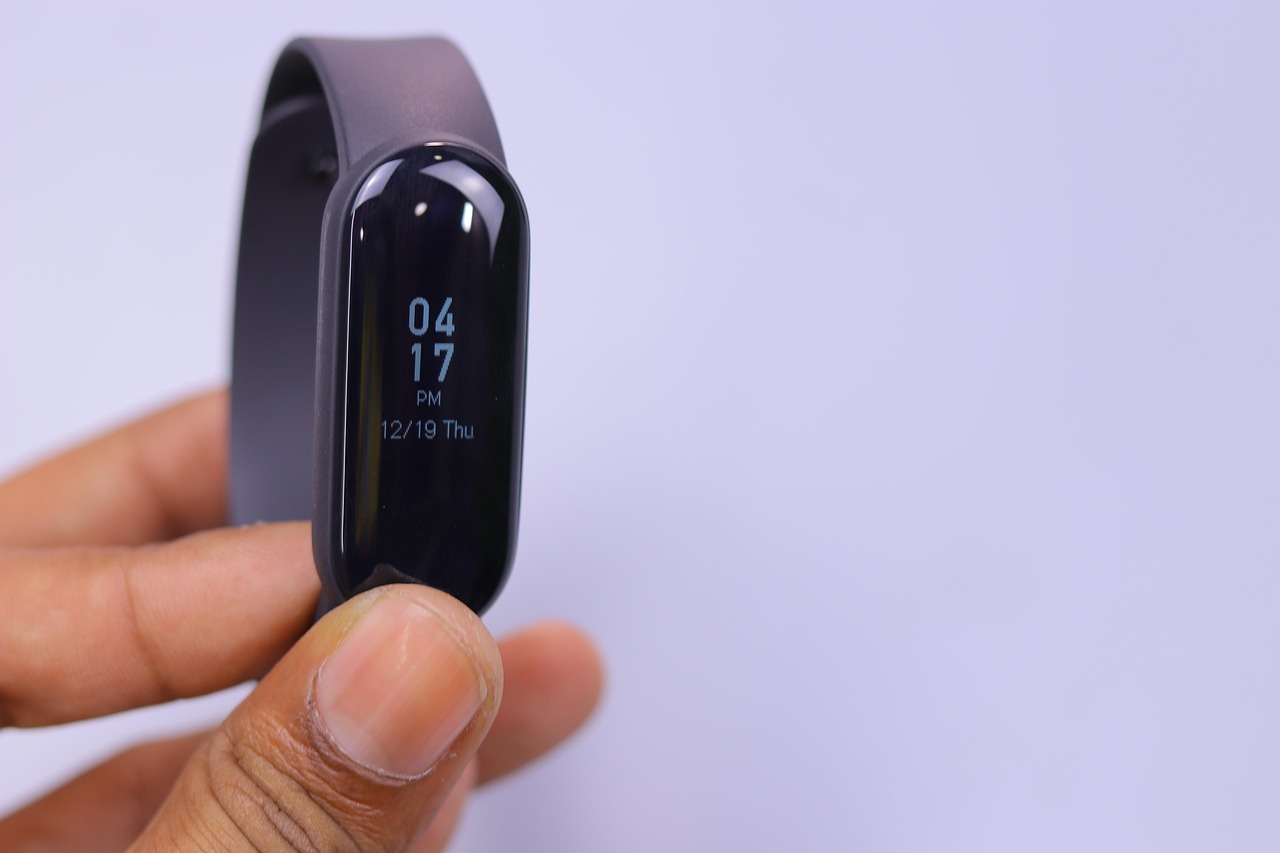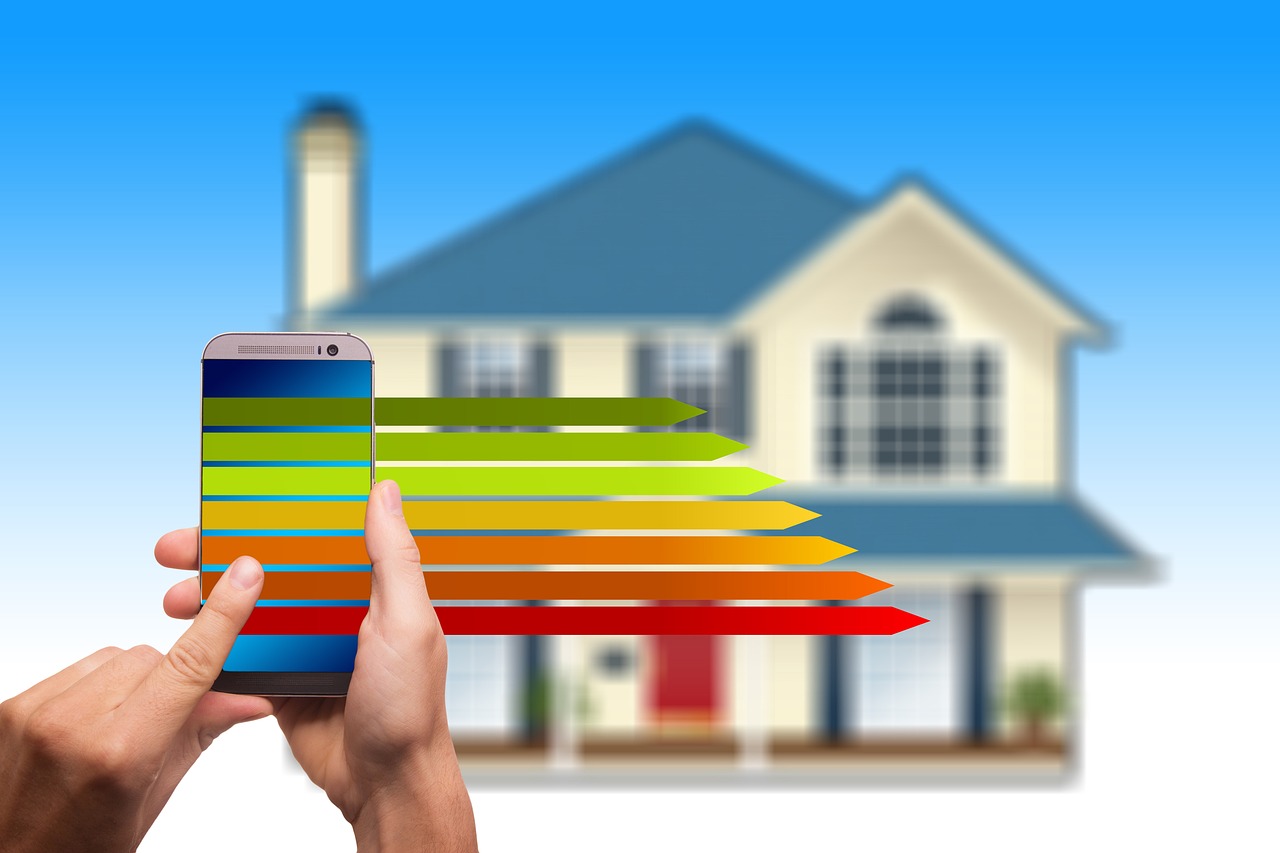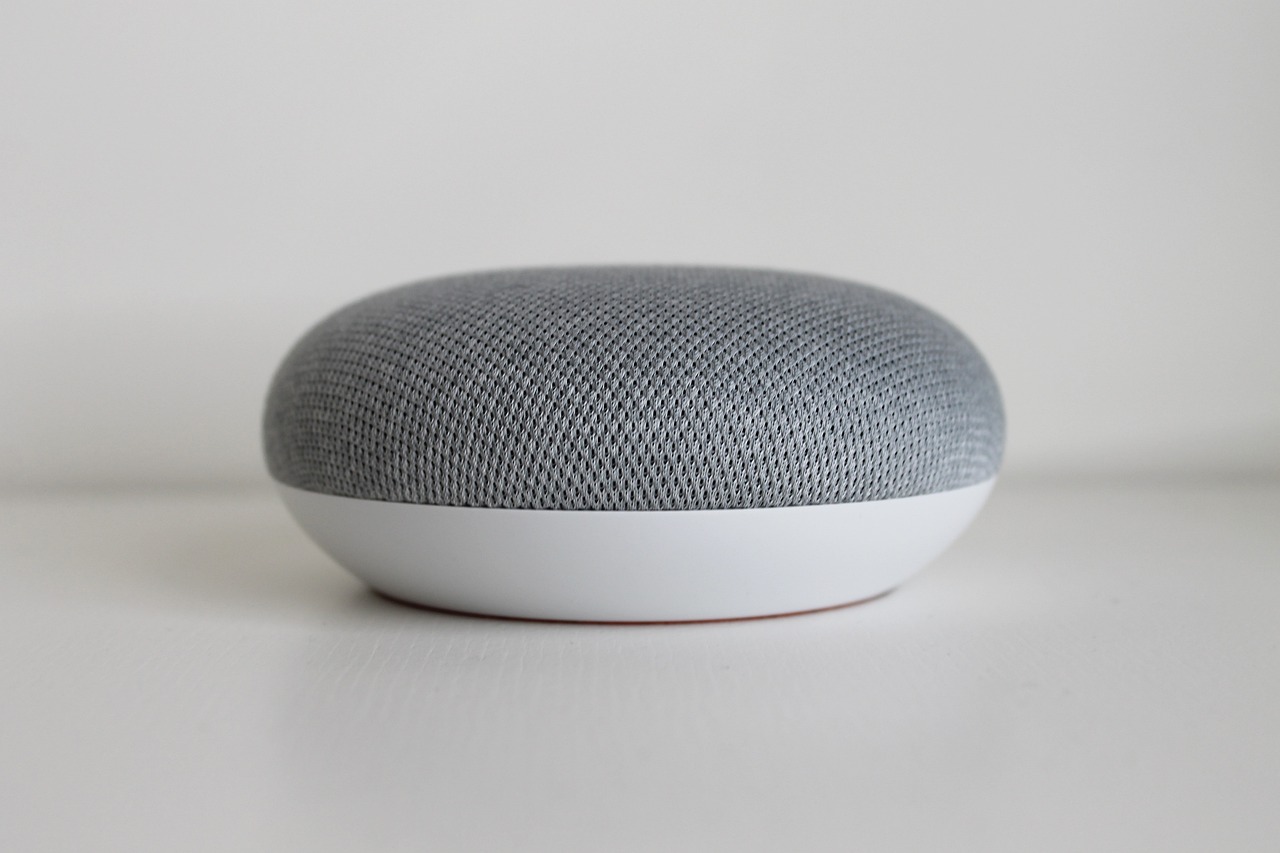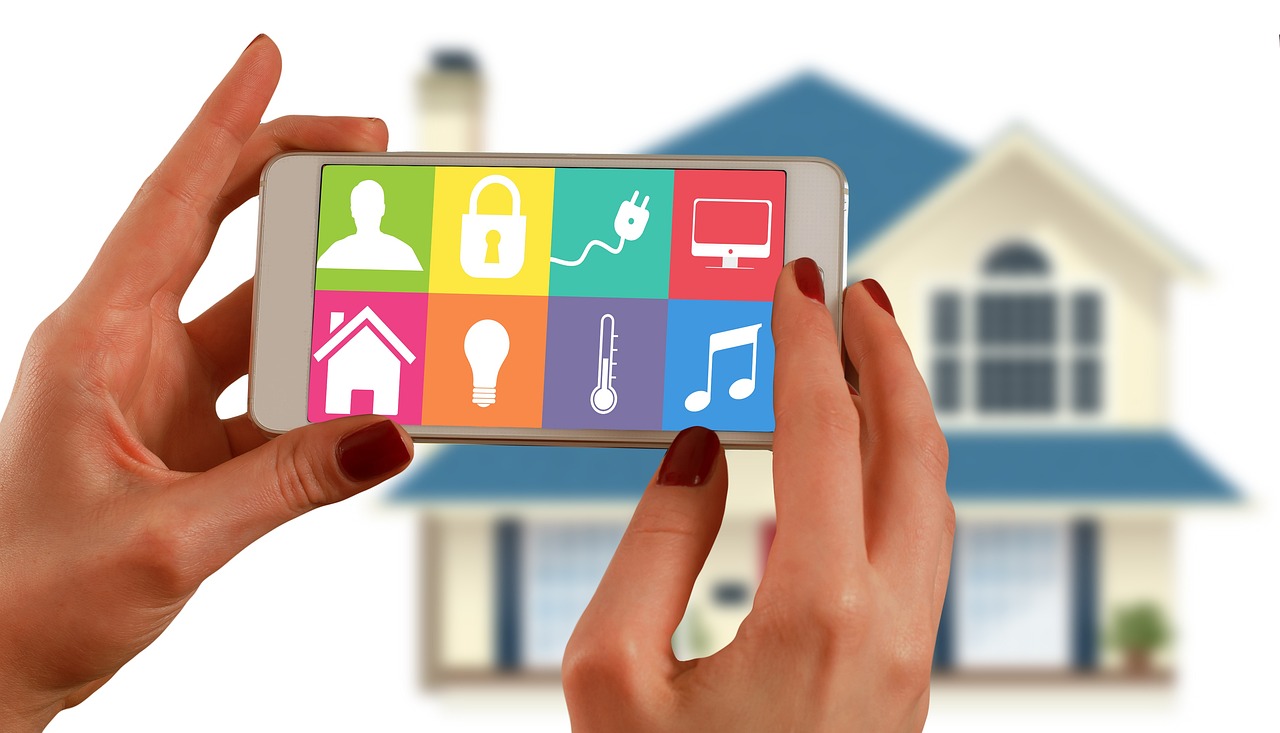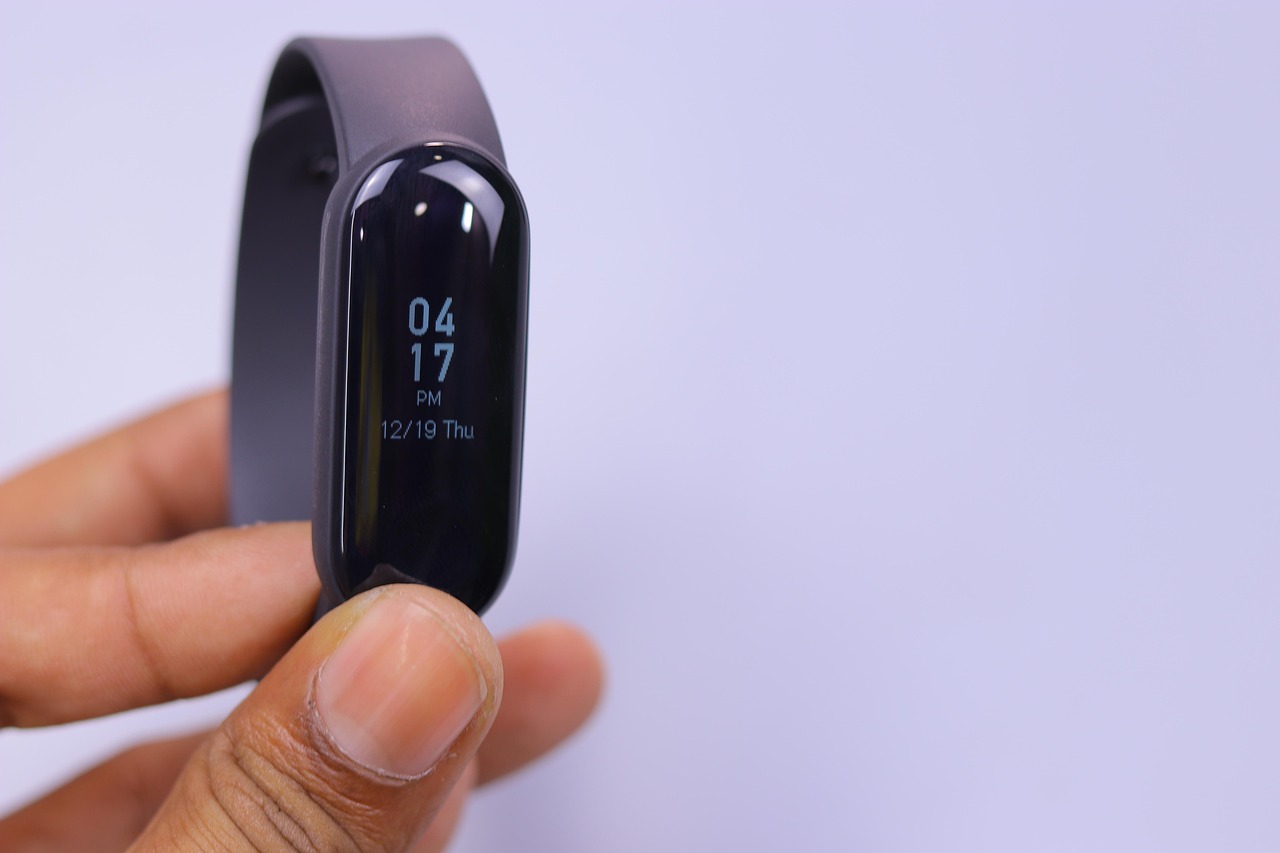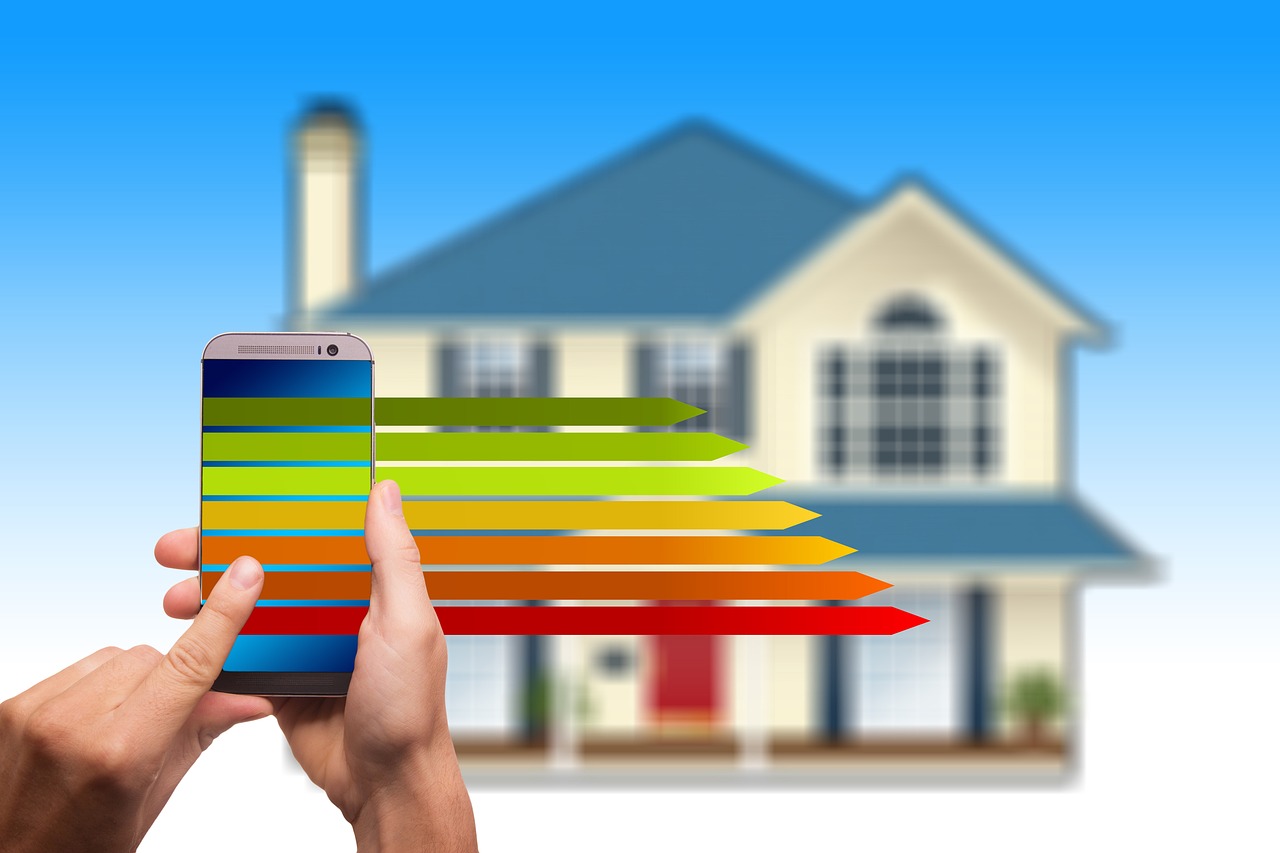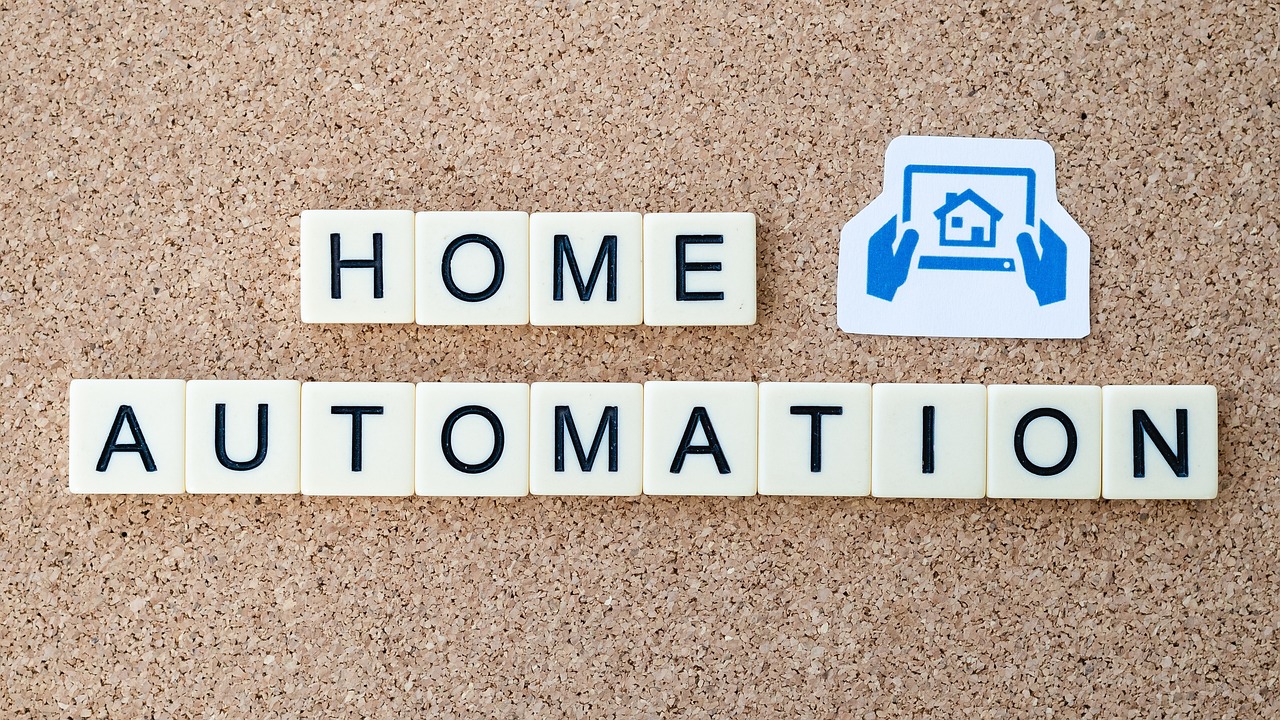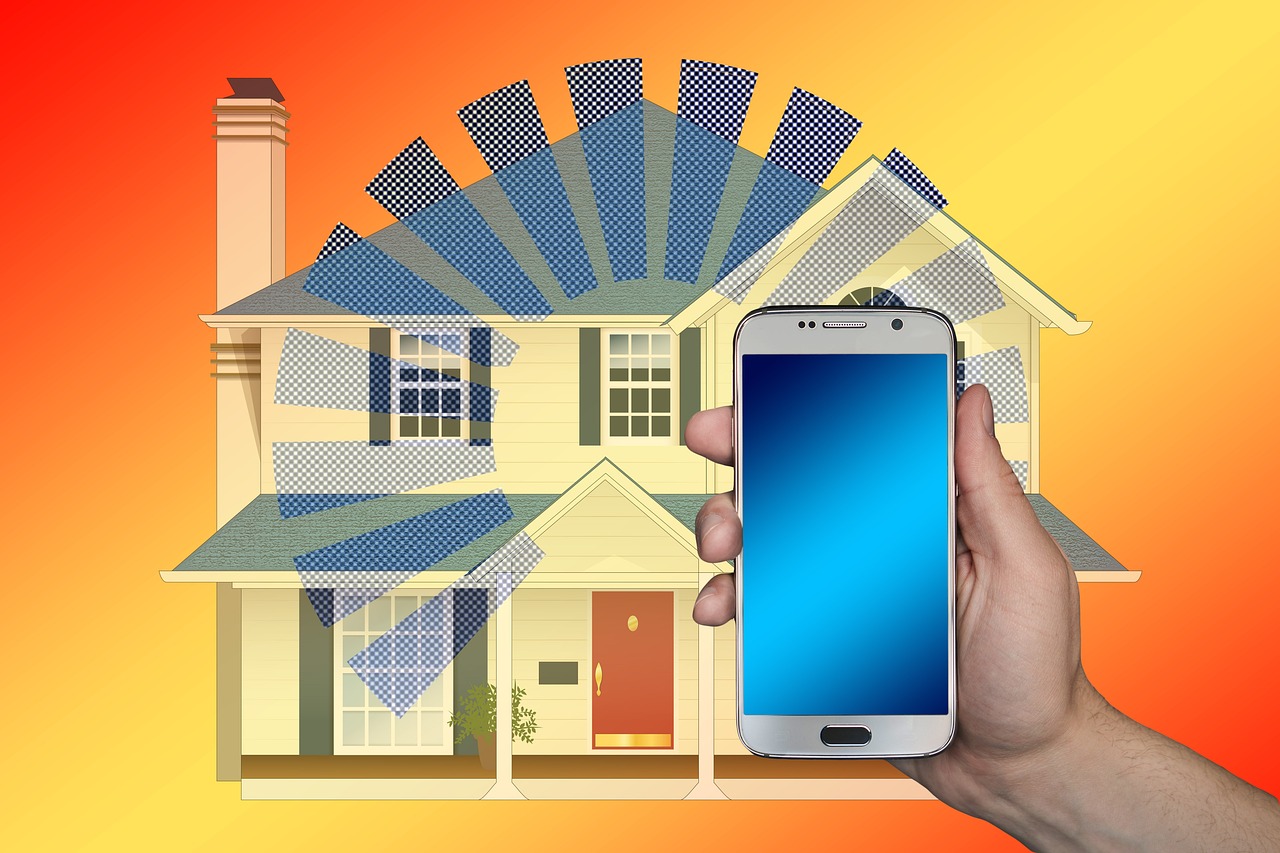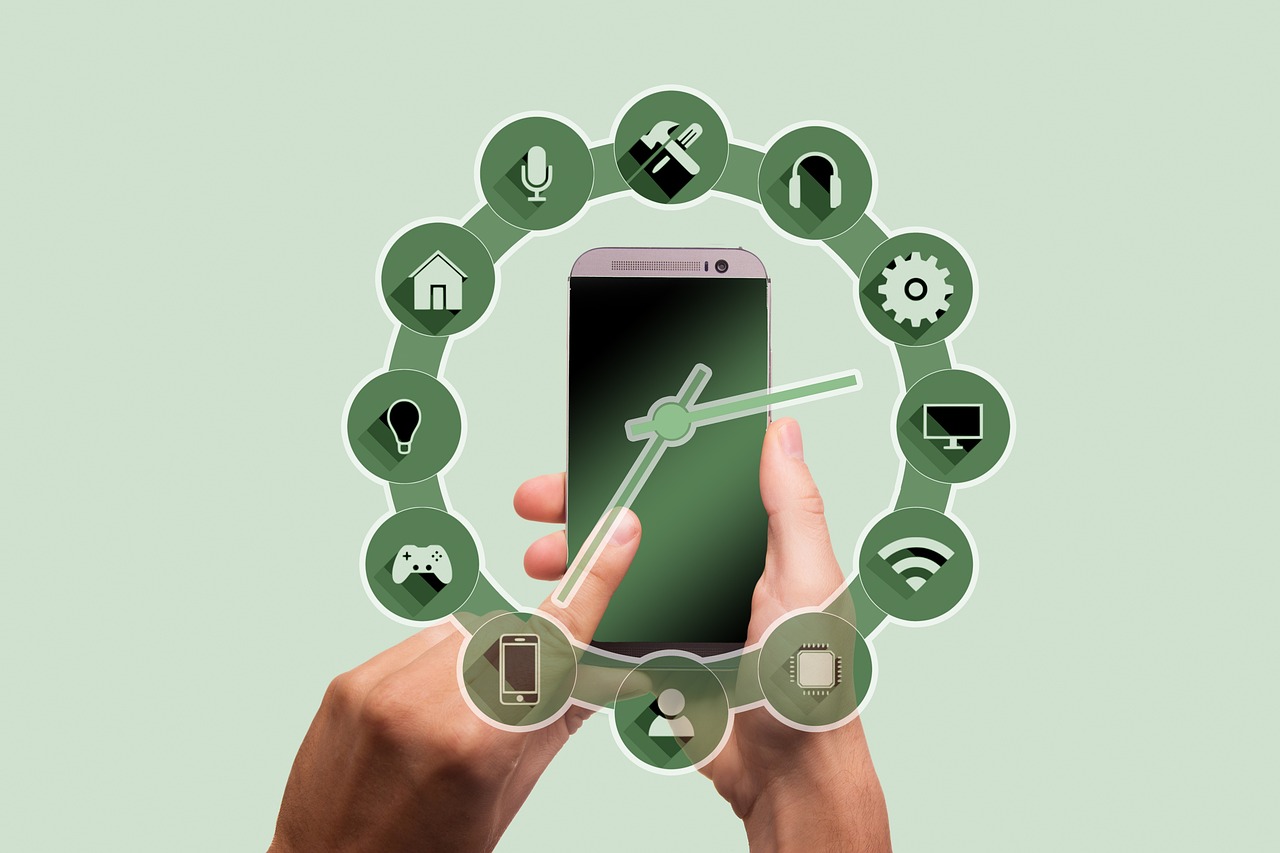This article delves into the diverse range of Apple smart home devices, highlighting their features and how they can significantly enhance your smart living experience while integrating effortlessly with the Apple ecosystem.
What Are Apple Smart Home Devices?
Apple smart home devices are cutting-edge gadgets designed to manage your home environment through the Apple ecosystem. They provide a blend of convenience, security, and energy efficiency, allowing users to streamline their daily routines.
Key Features of Apple Smart Home Devices
- Voice Control: Utilize Siri for hands-free commands.
- Automation: Set schedules and routines for various devices.
- HomeKit Compatibility: Easily connect and control devices through the Home app.
Voice Control with Siri
Siri, Apple’s virtual assistant, empowers users to control their smart home devices with voice commands. This feature enhances both convenience and accessibility within the household.
Setting Up Siri for Smart Home Control
Configuring Siri for smart home control is straightforward. Users must enable HomeKit support and link their devices through the Home app, ensuring an optimal user experience.
Examples of Siri Commands
- Adjusting lighting
- Controlling the thermostat
- Locking doors
HomeKit Integration
HomeKit serves as Apple’s framework for smart home devices, facilitating seamless integration and control of compatible devices through the Home app, resulting in a cohesive smart home experience.
Popular Apple Smart Home Devices
- Apple HomePod: Functions as a smart speaker and hub, offering exceptional sound quality and voice control.
- HomeKit-Compatible Lights: Control brightness and color settings, allowing for personalized ambiance and energy-efficient lighting.
Benefits of Using Apple Smart Home Devices
Integrating these devices into your living space provides numerous advantages, including enhanced security, energy efficiency, and convenience, simplifying everyday tasks.
Enhanced Security Features
Apple smart home devices often come equipped with advanced security features such as remote monitoring and notifications, enabling homeowners to keep an eye on their property at all times.
Energy Efficiency and Cost Savings
Smart devices can lead to significant energy savings by optimizing usage patterns and providing insights into consumption, ultimately reducing monthly utility bills.
Challenges of Apple Smart Home Integration
While the benefits are substantial, users may face challenges, such as compatibility issues with non-Apple devices and the necessity for a stable internet connection for optimal performance.
Conclusion: Elevate Your Home Experience with Apple Smart Devices
By incorporating Apple smart home devices into your living space, you can enhance convenience, security, and energy efficiency, creating a modern and efficient home environment tailored to your needs.

What Are Apple Smart Home Devices?
Apple Smart Home Devices represent a significant advancement in home automation technology, allowing users to manage various aspects of their living environment through the Apple ecosystem. These devices are designed not only for convenience but also to enhance security and promote energy efficiency. By integrating seamlessly with Apple’s suite of products, these devices offer a cohesive and user-friendly experience.
Apple smart home devices include a range of products such as smart speakers, lights, thermostats, and security systems. Each device is engineered to work harmoniously within the Apple ecosystem, ensuring that users can control their home environment effortlessly. With the help of the Home app and Siri, managing these devices becomes a straightforward task.
One of the key features of Apple smart home devices is their compatibility with HomeKit. This framework allows users to connect and control compatible devices from a single interface. HomeKit supports a variety of smart home products, enabling users to customize their home automation experience to suit their lifestyle. For instance, users can set schedules for lighting or adjust heating settings remotely, providing both comfort and energy savings.
Moreover, Apple smart home devices are equipped with advanced security features. Users can monitor their homes in real-time, receive alerts about unusual activity, and even control access to their property through smart locks. This level of security is crucial for peace of mind, especially for those who travel frequently or have valuable items at home.
In summary, Apple smart home devices are not just gadgets; they are integral components of a modern, efficient home. By leveraging the power of the Apple ecosystem, users can enjoy enhanced convenience, security, and energy efficiency, making their living spaces smarter and safer.

Key Features of Apple Smart Home Devices
Apple smart home devices are designed to provide users with a seamless and efficient way to manage their living spaces. With a range of advanced features, these devices not only enhance convenience but also integrate perfectly into the Apple ecosystem. Here are some key features that make Apple smart home devices stand out:
- Voice Control: Utilizing Siri, Apple’s intelligent virtual assistant, users can control their smart home devices hands-free. This feature allows for easy management of various functions, from adjusting lighting to controlling the thermostat, making home automation more accessible.
- HomeKit Compatibility: Apple’s HomeKit framework ensures that all compatible devices work harmoniously together. Users can control everything through the Home app, providing a centralized hub for managing their smart home environment.
- Automation: Apple smart home devices support automation, allowing users to set schedules or create scenes that trigger multiple devices with a single command. For instance, you can set your lights to dim and your thermostat to adjust when it’s movie time.
- Remote Access: With Apple smart home devices, users can monitor and control their home from anywhere using their iPhone or iPad. This feature is particularly beneficial for security, as homeowners can check on their property and receive alerts while away.
- Energy Efficiency: Many Apple smart home devices are designed to optimize energy usage. Users can track their energy consumption and make adjustments to save on utility bills, contributing to a more sustainable lifestyle.
In conclusion, Apple smart home devices offer a multitude of features that enhance user experience and convenience. By leveraging voice control, automation, and HomeKit compatibility, these devices create a smart living environment that is not only efficient but also enjoyable.
Voice Control with Siri
has revolutionized the way users interact with their smart home devices. As Apple’s virtual assistant, Siri provides a hands-free method to control various aspects of your home environment, making it an integral part of the Apple ecosystem.
With the ability to execute commands through simple voice prompts, Siri enhances convenience and accessibility. This functionality is particularly beneficial for individuals with mobility challenges or those who prefer a more streamlined approach to managing their home. Users can effortlessly adjust lighting, control thermostats, and even lock doors—all without lifting a finger.
To get started with voice control, users must first configure Siri to recognize their smart devices. This process typically involves:
- Enabling HomeKit support on compatible devices.
- Linking these devices through the Home app on their iPhone or iPad.
- Customizing settings to suit personal preferences.
Once set up, the possibilities are extensive. Here are some common commands users can issue to Siri:
- “Hey Siri, turn on the living room lights.”
- “Hey Siri, set the thermostat to 72 degrees.”
- “Hey Siri, lock the front door.”
This level of integration not only promotes a more efficient lifestyle but also enhances home security. Users can monitor and control their environment remotely, receiving notifications and updates directly to their devices.
In conclusion, is a key feature that elevates the smart home experience. By enabling seamless interactions with smart devices, Siri not only simplifies daily tasks but also contributes to a more connected and efficient home environment.
Setting Up Siri for Smart Home Control
Configuring Siri for smart home control is a straightforward process that enhances your living experience by integrating various devices into the Apple ecosystem. With just a few simple steps, you can enable seamless control of your home environment using your voice, making everyday tasks more convenient.
To begin, ensure that your devices support HomeKit, Apple’s framework for smart home automation. This is crucial as it allows Siri to recognize and communicate with your smart devices. The following steps outline the setup process:
- Step 1: Open the Home app on your iPhone or iPad.
- Step 2: Tap on the “+” icon to add new accessories.
- Step 3: Follow the prompts to scan the HomeKit setup code on your device or enter it manually.
- Step 4: Once linked, you can assign your devices to specific rooms for easier control.
- Step 5: Enable Siri by going to your device settings and ensuring Siri is activated.
After completing these steps, you can start using voice commands to control your smart home devices. For example, you can say:
"Hey Siri, turn on the lights in the living room.""Hey Siri, adjust the thermostat to 72 degrees.""Hey Siri, lock the front door."
These commands illustrate the versatility of Siri in managing your home environment efficiently. Additionally, you can create automated routines, such as setting the lights to dim at a certain time or adjusting the thermostat based on your schedule, all through Siri’s voice commands.
In conclusion, setting up Siri for smart home control not only simplifies your daily routines but also enhances your overall living experience. By leveraging HomeKit and voice commands, you can create a more connected and responsive home environment.
Examples of Siri Commands
In today’s fast-paced world, the integration of technology into our daily lives has become essential. One of the most significant advancements is the use of voice-activated systems like Siri, Apple’s intelligent assistant. Siri commands empower users to control various smart home devices effortlessly, enhancing both convenience and efficiency.
With Siri, users can perform a plethora of tasks simply by using their voice. Here are some that showcase the versatility of this feature:
- Adjust Lighting: Users can say, “Hey Siri, turn on the living room lights,” or “Set the bedroom lights to 50%,” allowing for instant ambiance adjustment.
- Control the Thermostat: Commands like “Hey Siri, set the thermostat to 72 degrees” enable users to maintain their preferred temperature without manual adjustments.
- Lock Doors: For enhanced security, users can command, “Hey Siri, lock the front door,” ensuring peace of mind when leaving home.
- Check Security Cameras: Users can ask, “Hey Siri, show me the front door camera,” providing real-time access to home security feeds.
- Play Music: Users can simply say, “Hey Siri, play my favorite playlist,” integrating entertainment seamlessly into their smart home experience.
- Set Reminders: Commands like “Hey Siri, remind me to water the plants at 5 PM” help users manage their daily tasks effectively.
These commands illustrate not only the convenience of voice-activated home automation but also its potential to enhance security and energy efficiency. By utilizing Siri, users can create a truly smart living environment that responds to their needs and preferences.
As technology continues to evolve, the possibilities for voice commands and smart home integration will expand, making daily life more manageable and enjoyable.
HomeKit Integration
is a vital component of Apple’s smart home ecosystem, enabling users to connect and manage various smart devices seamlessly. This framework not only enhances user experience but also ensures that all compatible devices work in harmony within the Apple environment.
With HomeKit, users can control their smart home devices using the Home app on their iPhone, iPad, or Mac. This integration facilitates a cohesive smart home experience that prioritizes convenience and efficiency. Below, we explore the essential aspects of HomeKit integration.
- Device Compatibility: HomeKit supports a wide range of devices, including smart lights, thermostats, security cameras, and more. This compatibility allows users to choose from various brands while still enjoying the benefits of the Apple ecosystem.
- Automation Features: Users can set up automation rules within the Home app. For example, you can create a schedule for your lights to turn on at sunset or have your thermostat adjust automatically based on your daily routine.
- Remote Access: HomeKit enables remote access to your devices, allowing you to monitor and control your home from anywhere. This feature is particularly useful for ensuring security and energy efficiency when you are away.
- Privacy and Security: Apple places a strong emphasis on user privacy. HomeKit uses end-to-end encryption to protect your data, ensuring that your smart home remains secure from unauthorized access.
Setting up HomeKit is straightforward. Users simply need to link their compatible devices through the Home app, which provides a user-friendly interface for device management. Additionally, the integration of Siri allows for hands-free control, making it easier to interact with your smart home.
In conclusion, transforms the way users interact with their smart home devices, providing a seamless, secure, and efficient experience. Whether you are new to smart home technology or looking to expand your existing setup, HomeKit offers a robust solution that enhances the overall quality of your living environment.
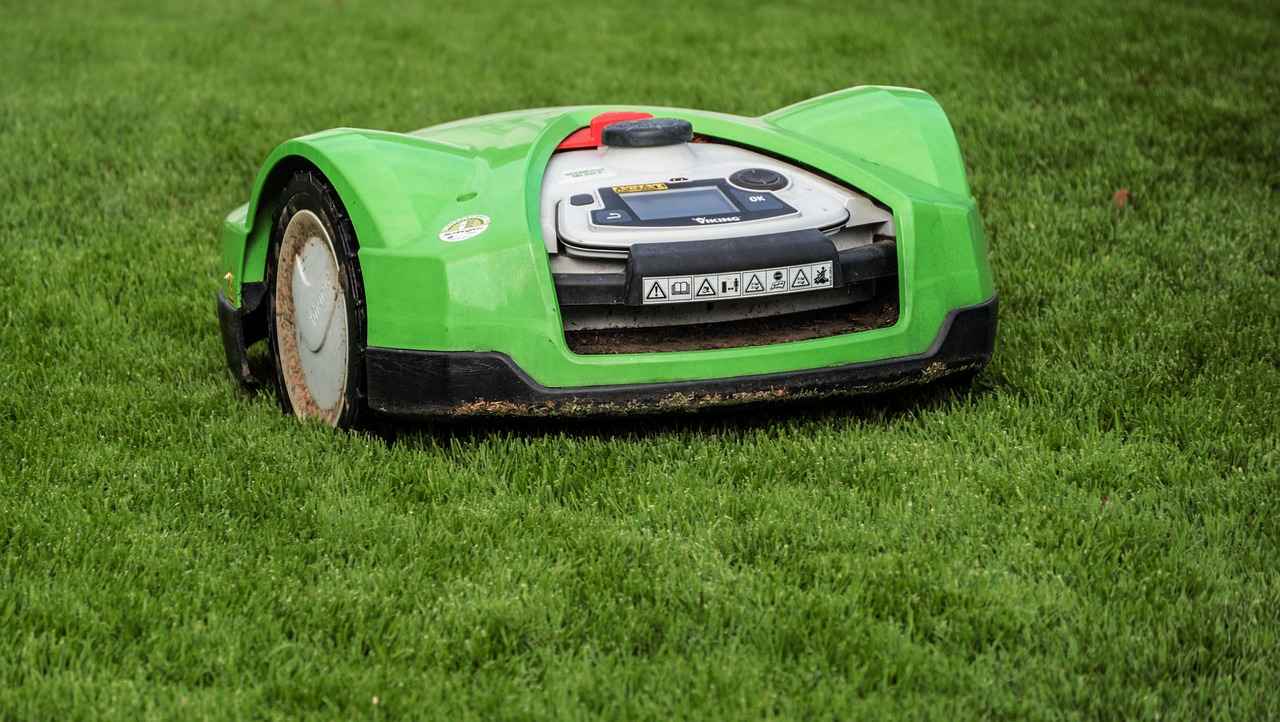
Popular Apple Smart Home Devices
In today’s rapidly evolving technological landscape, the integration of smart home devices into the Apple ecosystem has transformed how we manage our living spaces. These devices not only enhance convenience but also provide a seamless experience for users. Below, we explore some of the most popular Apple smart home devices that are designed to work harmoniously within this ecosystem.
- Apple HomePod: The HomePod is more than just a smart speaker. It acts as a central hub for your smart home devices, offering exceptional sound quality and voice control through Siri. With its ability to understand and respond to commands, it allows users to manage their environment effortlessly.
- Philips Hue Smart Lights: These smart lights are compatible with Apple’s HomeKit, enabling users to control brightness, color, and scheduling through their iPhones or iPads. With the ability to create customized lighting scenes, Philips Hue lights enhance ambiance while promoting energy efficiency.
- Ecobee Smart Thermostat: This device not only regulates your home’s temperature but also learns your preferences over time. With HomeKit integration, users can adjust their thermostat remotely, ensuring comfort and energy savings.
- August Smart Lock: Providing enhanced security, the August Smart Lock allows users to control access to their homes directly from their Apple devices. With features like remote locking and unlocking, homeowners can manage entry points conveniently.
- Logitech Circle 2 Security Camera: This versatile camera offers real-time monitoring and alerts. Its compatibility with HomeKit allows users to view live feeds and receive notifications directly on their Apple devices, ensuring peace of mind.
Each of these devices exemplifies the power of home automation within the Apple ecosystem, offering users a blend of functionality, security, and energy efficiency. By integrating these devices, you can create a smart home environment that not only meets your needs but also adapts to your lifestyle.
Conclusion: As the demand for smart home technology continues to grow, Apple smart home devices stand out for their ease of use and seamless integration. Embracing these technologies can significantly enhance your home experience, making daily tasks more manageable and enjoyable.
Apple HomePod
is not just a smart speaker; it is a central hub for your smart home devices, designed to elevate your audio experience while seamlessly integrating with the Apple ecosystem. With its exceptional sound quality, the HomePod provides an immersive listening experience, making it perfect for music lovers and podcast enthusiasts alike.
One of the standout features of the HomePod is its voice control capabilities through Siri. Users can effortlessly manage their smart home devices, adjust music playback, or ask for information simply by using their voice. This hands-free functionality enhances convenience, allowing you to stay connected to your home environment without lifting a finger.
In addition to voice control, the HomePod offers automation features that simplify daily routines. By integrating with Apple’s HomeKit, users can set up various automations to trigger actions based on time, location, or specific commands. For instance, you can program your HomePod to turn on the lights and play your favorite playlist when you arrive home.
The HomePod also supports multi-room audio, enabling you to play music throughout your home seamlessly. This feature allows you to create a connected audio experience, whether you’re hosting a party or enjoying a quiet evening at home. With just a few voice commands, you can control the music in different rooms, ensuring that your favorite tunes are always just a command away.
Furthermore, the HomePod is designed with privacy in mind. Apple has implemented features that ensure your data remains secure, allowing you to enjoy the benefits of smart technology without compromising your personal information.
In conclusion, the stands out as a versatile and powerful smart speaker that enhances your home experience. With its impressive sound quality, voice control, and automation capabilities, it serves as a perfect companion for anyone looking to create a smarter, more connected living space.
Apple HomeKit-Compatible Lights
are revolutionizing the way we illuminate our living spaces. These smart lighting solutions not only enhance the aesthetic appeal of your home but also offer energy-efficient and customizable lighting options that can be controlled effortlessly through your Apple devices.
With the integration of HomeKit, users can easily adjust brightness levels and color settings to create the perfect atmosphere for any occasion. Whether it’s a cozy movie night or a lively gathering with friends, HomeKit-compatible lights allow for complete personalization of your home’s lighting environment.
One of the most exciting features of these smart lights is their ability to be controlled remotely via the Home app or through voice commands with Siri. This means you can turn on or off lights, change colors, or adjust brightness without having to move from your comfortable spot. Imagine walking into your home and simply saying, “Hey Siri, set the living room lights to warm white” – it’s that easy!
Moreover, these lighting solutions contribute to energy savings by allowing users to set schedules or automate their lighting. For instance, you can program your lights to turn off when you leave home or dim gradually as you wind down for the evening. This not only helps in reducing energy consumption but also extends the lifespan of your light bulbs.
In addition, many HomeKit-compatible lights come with advanced features such as color temperature adjustments and scene settings. Users can create specific scenes for different activities, such as reading, working, or entertaining, enhancing both functionality and ambiance.
In conclusion, integrating into your smart home setup not only elevates your home’s aesthetic but also provides practical benefits in terms of energy efficiency and convenience. As the world moves towards more connected living, embracing smart lighting is a step towards a brighter, more efficient future.

Benefits of Using Apple Smart Home Devices
Integrating Apple smart home devices into your living space offers a multitude of advantages that can significantly enhance your daily living experience. By leveraging the power of Apple’s ecosystem, these devices provide not only convenience but also improved security and energy efficiency.
- Enhanced Security: Apple smart home devices are equipped with advanced security features that allow homeowners to monitor their properties remotely. With the capability to receive real-time notifications and alerts, users can ensure their homes are secure at all times. Devices like the Apple HomeKit-compatible security cameras provide peace of mind, allowing users to check in on their homes from anywhere.
- Energy Efficiency: One of the most compelling benefits of using Apple smart home devices is the potential for energy savings. Smart thermostats and lighting systems can optimize energy usage by adjusting settings based on occupancy and time of day. This not only reduces energy consumption but can also lead to lower utility bills.
- Convenience and Automation: Apple smart home devices allow for seamless automation of everyday tasks. With the integration of Siri, users can control their devices using voice commands, making it easier to adjust lighting, temperature, and security settings without lifting a finger. This level of convenience is particularly beneficial for busy households.
- Interconnectivity: Apple’s HomeKit framework ensures that all compatible devices work harmoniously together. This interconnectivity allows users to create customized scenes and automations, enhancing the overall smart home experience. For example, a morning routine could include lights gradually turning on, the thermostat adjusting, and the coffee maker starting—all triggered by a single command.
- User-Friendly Interface: The Apple Home app provides a centralized platform for managing all smart home devices. Its intuitive design makes it easy for users to navigate and control their devices, even if they are not tech-savvy.
In conclusion, the integration of Apple smart home devices into your living space not only simplifies daily tasks but also enhances security and promotes energy efficiency. By embracing these technologies, homeowners can create a more modern and efficient living environment tailored to their needs.
Enhanced Security Features
Apple smart home devices are not just about convenience; they also prioritize security to provide peace of mind for homeowners. With the growing concerns around home security, these devices incorporate advanced features that allow users to monitor their properties effectively.
| Feature | Description |
|---|---|
| Remote Monitoring | Users can access live video feeds from security cameras through their Apple devices, ensuring they can check on their home anytime, anywhere. |
| Instant Notifications | Receive real-time alerts on your smartphone when motion is detected or when a door is left open, keeping you informed of any unusual activity. |
| HomeKit Secure Video | Encrypts video footage stored in iCloud, ensuring that only you can access your recorded videos, enhancing privacy and security. |
| Smart Locks | Control access to your home remotely, allowing you to lock or unlock doors from your device, and grant temporary access to visitors. |
These features collectively enhance the security of your home, making it easier to manage and monitor your surroundings. By integrating with the Apple ecosystem, these devices work seamlessly with your existing Apple products, providing a unified experience.
Moreover, users can set up automated routines that include security measures. For instance, you can program your lights to turn on at sunset or receive a notification if a window is opened unexpectedly. This level of customization allows for a tailored security approach that fits your lifestyle.
In conclusion, Apple smart home devices offer a robust array of security features that empower homeowners to take control of their property’s safety. With tools like remote monitoring, instant notifications, and HomeKit Secure Video, users can feel confident that their homes are protected at all times.
Energy Efficiency and Cost Savings
In today’s world, where energy costs are continually rising, using smart devices has emerged as a revolutionary way to enhance energy efficiency in our homes. These intelligent gadgets are not merely a trend; they represent a significant shift in how we manage energy consumption. By optimizing usage patterns, smart devices provide valuable insights that can lead to substantial reductions in monthly utility bills.
One of the primary advantages of integrating smart technology into your home is the ability to monitor and control energy usage in real-time. For instance, smart thermostats can learn your daily routines and adjust heating or cooling based on your preferences. This adaptive behavior not only ensures comfort but also minimizes energy waste.
Moreover, smart lighting systems allow you to control brightness and even schedule when lights should be on or off. By utilizing motion sensors, these systems can automatically turn off lights in unoccupied rooms, which further contributes to energy savings. The ability to manage these devices remotely through smartphones or voice-activated assistants like Siri enhances user convenience and efficiency.
Another significant benefit is the data analytics provided by many smart devices. Users can access detailed reports on their energy consumption patterns, helping them identify areas where they can cut back. For example, if a particular appliance is consuming more energy than expected, homeowners can take action to mitigate this, whether it be through repairs or replacements.
In conclusion, the integration of smart devices into your daily life not only promotes sustainability but also leads to meaningful cost savings. As we continue to embrace technology, the potential for energy efficiency will only grow, making smart devices an essential component of modern living.

Challenges of Apple Smart Home Integration
While Apple smart home devices are designed to enhance your living experience, there are several challenges that users may face during integration. Understanding these challenges can help you prepare and find solutions to ensure a smoother experience.
- Compatibility Issues: One of the primary challenges users encounter is the compatibility of Apple smart home devices with non-Apple products. Many smart home devices are designed to work seamlessly within the Apple ecosystem, but integrating third-party devices can sometimes lead to functionality limitations. Users may find that certain features are unavailable or that the devices do not communicate effectively with one another.
- Stable Internet Connection Required: A reliable and stable internet connection is crucial for optimal performance of Apple smart home devices. Many of the advanced features, such as remote monitoring and control, rely on cloud services. If your internet connection is unstable, it can lead to delays or interruptions in service, making it challenging to manage your smart home effectively.
- Learning Curve: For users who are new to smart home technology, there can be a steep learning curve. Understanding how to set up devices, configure settings, and utilize features like automation and voice control can be overwhelming. Apple provides resources, but users may still need time to familiarize themselves with the technology.
- Privacy Concerns: With the increasing use of smart devices, concerns about privacy and data security are prevalent. Users may worry about how their data is being used and whether their smart home devices are vulnerable to breaches. It’s essential to stay informed about privacy settings and take necessary precautions to protect personal information.
In conclusion, while Apple smart home devices offer numerous advantages, users must navigate challenges such as compatibility issues, internet connectivity requirements, learning curves, and privacy concerns. By being aware of these challenges, you can better prepare for a successful smart home integration experience.
Compatibility with Non-Apple Devices
In today’s world of smart home technology, the ability to integrate various devices is essential for creating a seamless living experience. However, some users may encounter challenges when attempting to incorporate non-Apple devices into their Apple smart home ecosystem. This situation can lead to limitations in functionality and convenience, hindering the overall smart home experience.
One of the primary reasons for these challenges is the closed ecosystem that Apple has established. While Apple devices are designed to work harmoniously with each other, non-Apple devices may lack the necessary compatibility, leading to difficulties in integration. For example, smart devices from manufacturers that do not support Apple’s HomeKit framework may not function correctly or may require additional steps to connect.
Moreover, users may find themselves facing issues such as:
- Limited Control: Non-Apple devices may not support voice commands via Siri, leading to a fragmented user experience.
- Inconsistent Performance: The performance of non-Apple devices can vary significantly, leading to potential connectivity issues and reduced reliability.
- Complex Setup Processes: Integrating non-Apple devices often involves more complicated setup processes, which can be frustrating for users looking for simplicity.
To mitigate these challenges, users can consider the following strategies:
- Research Compatibility: Before purchasing smart home devices, check for HomeKit compatibility to ensure smooth integration.
- Use Bridges and Hubs: Some devices come with bridges or hubs that can facilitate communication between non-Apple devices and the Apple ecosystem.
- Stay Updated: Regularly check for software updates for both Apple devices and non-Apple devices to improve compatibility and performance.
In conclusion, while integrating non-Apple devices into an Apple smart home ecosystem can present challenges, understanding these issues and implementing effective strategies can enhance functionality and convenience. By making informed choices, users can create a more cohesive and efficient smart home environment.
Internet Connectivity Requirements
A reliable internet connection is essential for the optimal performance of Apple smart home devices. These devices are designed to work seamlessly with the Apple ecosystem, leveraging cloud services to provide real-time updates and control. Without a stable internet connection, many of the advanced features that make these devices so convenient may not function as intended.
Many Apple smart home devices, such as the HomePod and smart lighting solutions, rely on cloud-based services for their functionalities. For instance, voice commands issued through Siri require an internet connection to process and execute tasks effectively. This means that if your internet is slow or frequently disconnects, you may experience delays or failures in device response, which can be frustrating.
Moreover, the integration of multiple devices through Apple’s HomeKit framework requires a consistent internet connection to ensure that all devices communicate effectively with each other. This is particularly important for automation routines, where timing and coordination are key to achieving a smooth user experience.
To ensure that your Apple smart home devices operate seamlessly, consider the following:
- Router Quality: Invest in a high-quality router that can handle multiple devices simultaneously without lag.
- Wi-Fi Coverage: Ensure that your home has adequate Wi-Fi coverage in all areas where devices are installed, possibly using Wi-Fi extenders if necessary.
- Regular Updates: Keep your devices and router firmware updated to benefit from the latest performance improvements and security features.
- Network Security: Implement strong security measures to protect your network from unauthorized access, which can disrupt your smart home operations.
In conclusion, a stable internet connection is not just a luxury but a necessity for anyone looking to fully utilize the capabilities of Apple smart home devices. By ensuring that your internet infrastructure is robust and reliable, you can enjoy a seamless and efficient smart home experience.

Conclusion: Elevate Your Home Experience with Apple Smart Devices
In today’s fast-paced world, the integration of technology into our daily lives has become essential. Apple smart home devices are at the forefront of this revolution, offering users an unparalleled level of convenience, security, and energy efficiency. By incorporating these devices into your living space, you can transform your home into a modern sanctuary tailored to your specific needs.
Apple smart home devices encompass a variety of products, including smart speakers, lights, thermostats, and security systems. These devices work seamlessly with Apple’s HomeKit, allowing for effortless control through the Home app or voice commands via Siri. This integration not only simplifies your daily routines but also enhances the overall functionality of your home.
- Convenience: With voice control capabilities, you can manage your home hands-free, making tasks like adjusting lighting or temperature as simple as speaking a command.
- Security: Advanced features such as remote monitoring and alerts keep you informed about your home’s safety, giving you peace of mind whether you’re at home or away.
- Energy Efficiency: Smart devices can optimize energy usage, helping you save on utility bills while reducing your carbon footprint.
However, transitioning to a smart home may present challenges. Users must ensure compatibility with existing devices and maintain a reliable internet connection for optimal performance. Addressing these challenges is crucial for a seamless smart home experience.
In conclusion, by integrating Apple smart home devices into your living environment, you not only enhance convenience and security but also promote energy efficiency. This modern approach to home living allows you to create a space that is not only functional but also tailored to your lifestyle. Embrace the future of home automation and elevate your living experience with Apple smart devices.
Frequently Asked Questions
- What are Apple Smart Home Devices?
Apple Smart Home Devices are innovative gadgets designed to work within the Apple ecosystem, allowing you to control various aspects of your home environment, such as lighting, temperature, and security, all from your Apple devices.
- How does Siri enhance the use of smart home devices?
Siri acts as your personal assistant, enabling voice control over your smart home devices. With simple voice commands, you can adjust settings, turn devices on or off, and create a more convenient living space without lifting a finger.
- What is HomeKit, and why is it important?
HomeKit is Apple’s framework that allows seamless integration and control of compatible smart home devices through the Home app. It ensures that all your devices work together smoothly, providing a cohesive and user-friendly smart home experience.
- Are there any compatibility issues with non-Apple devices?
Yes, some users may experience challenges integrating non-Apple devices into their smart home setup. This can limit functionality and convenience, so it’s advisable to check compatibility before purchasing any smart devices.
- What are the benefits of using Apple Smart Home Devices?
Using Apple Smart Home Devices can enhance your home’s security, improve energy efficiency, and provide unmatched convenience, making daily tasks easier and more efficient.


